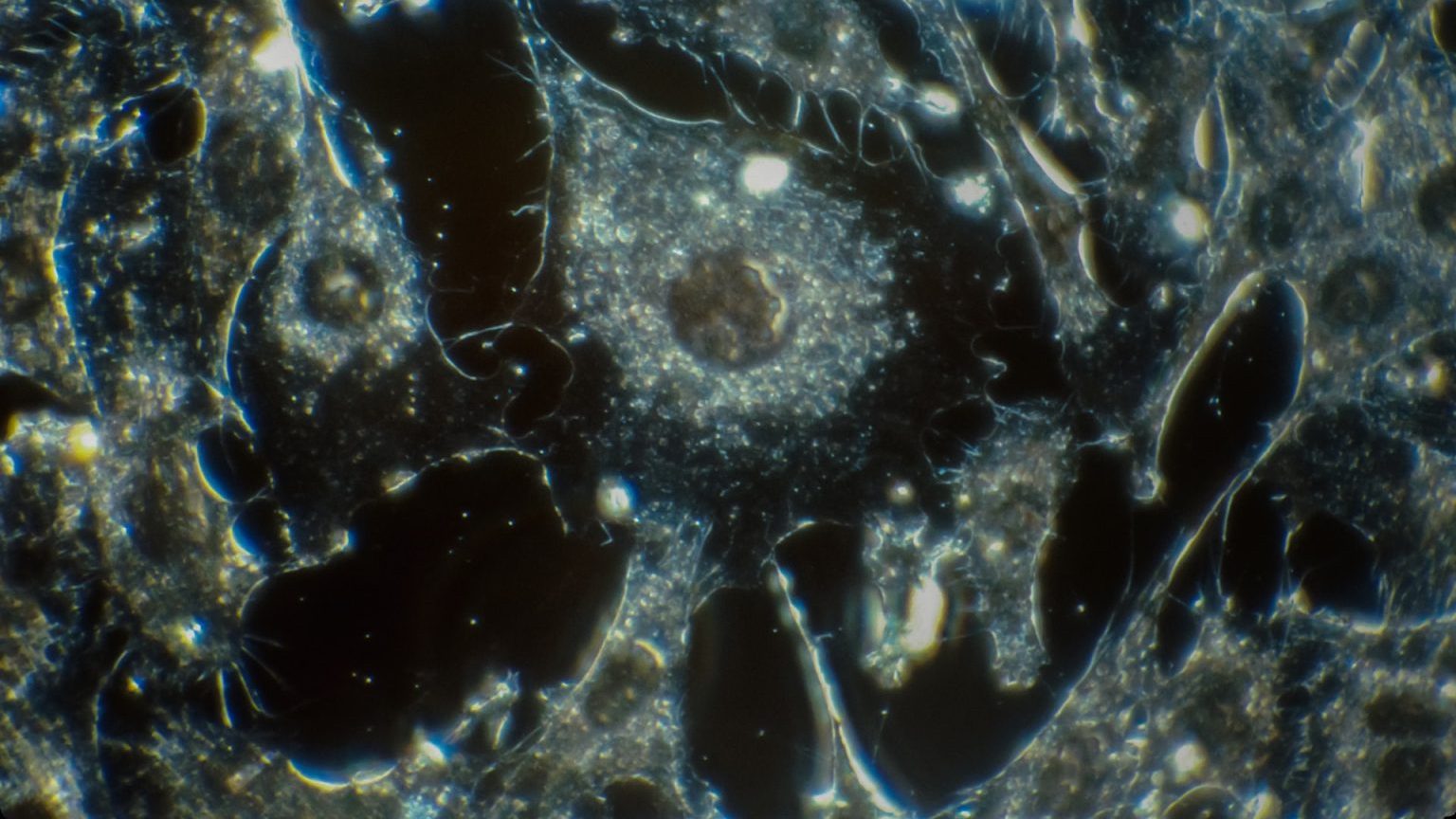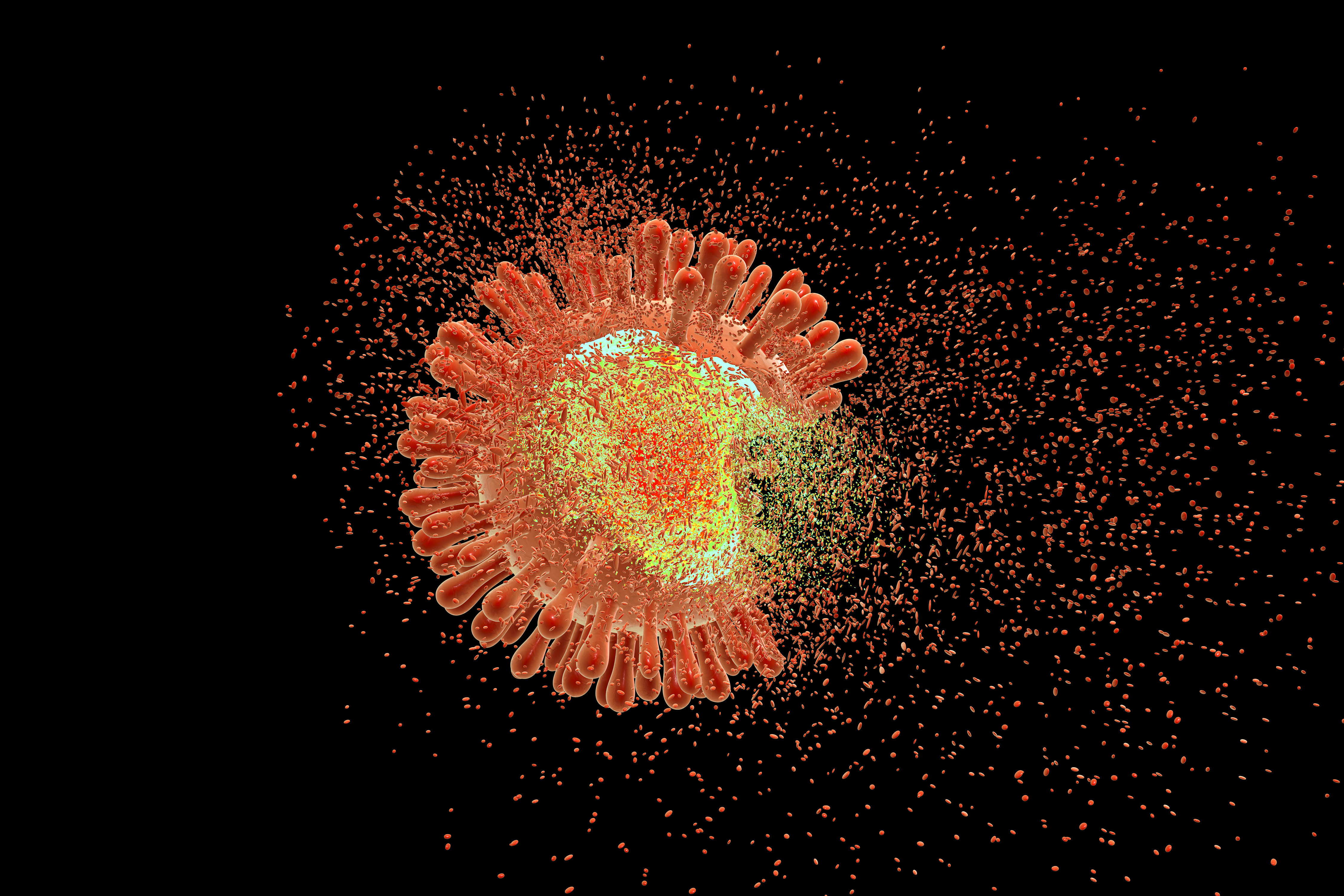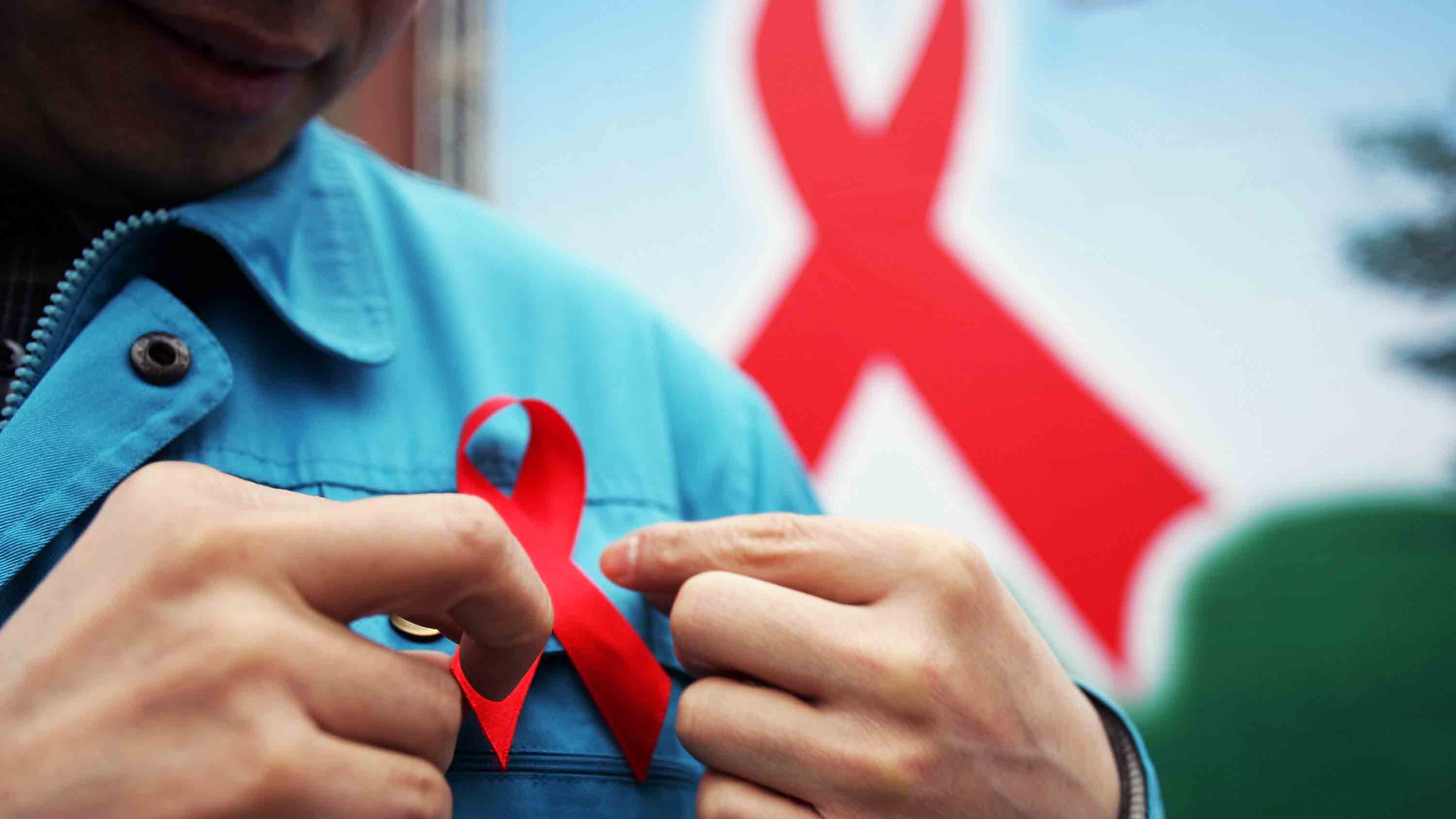The Man Who Was “Cured” of HIV

What’s the Big Idea?
In the first segment of our interview with Sonia Arrison, the policy analyst and futurist explained how, thanks to biotechnology and the coming longevity revolution, the average person may soon celebrate over 150 birthdays. Many Big Thinkers wondered whether lifespan extension is even meaningful unless it is also accompanied by an increase in the quality of life experienced by super-centenarians. Arrison couldn’t agree more.
What would be the point of living longer, if the Golden Years were filled with nothing but physical suffering? “We are at the cusp of a revolution in medicine and biotechnology that will radically increase not just our life spans but also, and more importantly, our health spans,” she says.
Biology, as Arrison sees it, is an engineering project. “Just like computer programs have ones and zeroes, the human body has a code too. It’s made up of the A, C, T & G of DNA. And scientists are learning how to reverse engineer that – things like tissue engineering, gene therapy and other types of personalized medicine that are going to allow people to live longer and healthier lives.”
She cites the U.S. National Long-Term Care Survey (2006) which finds that “Chronic disability among older Americans has dropped dramatically, and the rate of decline has accelerated during the past two decades,” as well as polls and research suggesting that chronic diseases are striking people at later ages than they used to.
More anecdotal, and more striking, is the case of Timothy Brown, known as “The Berlin Patient.” Brown first tested positive for HIV in 1995. For a decade afterwards, he lived a healthy life in Berlin, controlling the virus with anti-retroviral therapy. But in 2006, he began feel extreme exhaustion when riding his bike to work. His doctor diagnosed him with leukemia, completely unrelated to HIV – the only possible lifesaving treatment for which was a stem cell transplant from a bone marrow donor. A specialist at Charité Medical University managed to find a donor who was a match, and who also happened to have a gene which made him resistant to the HIV virus.
The transplant was gruelling – scientists are wary of using the word “cure” – but Brown now tests negative on even the most sensitive HIV tests. He is the only person in the world to have ever been rid of HIV. “That’s one example of how scientists might be able to recode our systems to fight off diseases,” says Arrison.
What’s the Significance?
It’s becoming increasingly clear that a longer life will probably never come in the form of a single pill, like resveratrol. Instead, the “cures” for aging and disease are interrelated. Scientific advancements like gene therapy are already making a marked difference on how we see and understand both. The problem is how long it can take any therapy to go from lab breakthrough to widespread use.
In order for technological achievements to become more than an interesting article you read and forget about – to really benefit society – doctors need to be trained in using the techniques, and regulators need to provide the frameworks for use.
“There are so many advances going on right now in biotechnology that really have a wow factor,” says Arrison. “Like gene therapy to cure cancer and tissue engineering, growing brand new tracheas in the lab, also to cure cancer or to cure damage from infection. I mean, all these things that are going on and you see them once in the newspaper and you read it and you say, ah, that’s great and then you forget about it. But if you look around and you take all of those stories and you put them together… you can see a real clear picture of how the future is going to change.”
Image courtesy of Shutterstock





